Accents Tailored For You
If your customers are called “guests” and your garden center occupies 6 acres of choice southern California real estate, you cannot afford to sit on your laurels. Consumers visit the big boxes to buy the basics for their homes because the products are easy to find and take no thinking. However, Roger’s Gardens of Corona del Mar, Calif., sells something that most big boxes cannot sell inspiration.
Guests, such as Barbra Streisand, visit Roger’s looking for the store’s spark of originality to create the ingenious outdoor living spaces that reflect their affluent, coastal lifestyles. As nursery manager Ron Vanderhoff explained, maintaining Roger’s status as “one of the five busiest garden centers in the country” requires continuously changing and implementing creative marketing.
At Roger’s, creativity includes attention to the sales and marketing of hard goods, specifically décor, as well as plant material. Vanderhoff and his buyers insisted, “The line between dry goods and plant material may be dulled.” Plants are used in a trendy fashion, decoratively and even architecturally. Containers and live material, for instance, should enhance each other; the careful gardener will not consider one without considering the other. Imagining the two together is the vision that Roger’s sells.
Purchasing Decisions
Purchasing hard goods at Roger’s always begins with a merchandising idea or vision. In a very real sense, the strategy is a 180° reversal of most purchasing schemes. Items are bought as a result of the marketing and merchandise plan; in fact, they are bought for the purpose of merchandising. Roger’s is not unlike a “hip clothing store.” For instance, the creative staffers might come up with a tropical theme. “Both plants and dry goods are bought to fit this vision.” If a prospective item, Vanderhoff explained, “doesn’t fit through the filter,” it will not be purchased.
Purchasing of hard goods at Roger’s follows a 3-pronged plan that relies on:
The science of marketing. Like most retail stores, the marketing plan uses proven techniques, including the use and analysis of focus groups and surveys.
Solid, current knowledge of competitors. Keeping abreast of local competitors whose inventories include any items carried by Roger’s is an important strategy.
Experience in the market. Perhaps most important to its successful marketing process is the store’s experience in the market. The fact that Roger’s Gardens has thrived for 38 years 31 years in Corona del Mar is no accident. Understanding what the customer wants does not start with guesswork. The staff, buyers and management listen to their guests. The sales staff is surveyed periodically about customers’ comments, and the surveys go directly to the buyers.
Watching The Trends
Vanderhoff pointed out that gardening trends generally reflect regional trends, such as architecture. Therefore, management and sales must have a good sense of the regional milieu, of how residents of the region see themselves and their community.
In southern California, for instance, preference is for a European or Spanish and specifically Mediterranean lifestyle. This style is reflected in everything from clothing, architecture, the arts and food to form, texture, foliage and landscape.
Perhaps garden centers do not have the power to create trends, but they certainly can exploit them. Roger’s is all about high fashion. Vanderhoff explained proudly that Roger’s is fashion-oriented the “icing on the cake,” providing the decorative accoutrements.
The current direction is in the use of decorative gardens as an extension of the home. Accents of the home are transposed or translated into the garden environment: wall décors, statuary, empty pots, hardscapes, plant versions of accessories, outdoor carpeting (for the patio) and furniture (weatherproof, of course) are all very hot items. Also in style is outdoor lighting that is as ornamental as it is functional. Stone, terra cotta, arches, obelisks, fountains and wall art are in demand. (Many home gardens in the region have walls; the trick is to make them disappear.) All of these options suggest the Mediterranean emphasis predominant in southern California.
Developing The Look
Inventory constantly changes to reflect the shifts in the predominant, affluent lifestyle of the area. Consequently, the displays at Roger’s are continuously updated, like an upscale fashion store in a mall. The merchandising plan is transformed into a visual display by the half-dozen employees who work on visual presentation.
Citrus is always stylish in southern California. However, at Roger’s you will not find rows of lemon and orange trees. As Vanderhoff explained, “Rows don’t romance the product.”
Other garden centers might carry the 50 most popular plants, planters or garden furniture but not Roger’s. When an item plant or nonplant becomes popular, quite likely Roger’s and its guests are no longer interested in it. People don’t shop at Roger’s for the item they can get at Home Depot or Lowe’s. In fact, very few maintenance items are present in the store’s inventory. Instead, Roger’s is always on the lookout for the new product the unusual wholesaler.
Where To Find It
How does an upscale garden retailer find the cutting edge, avant-garde products? Roger’s relies on the traditional methods: catalogs, trade shows and even the Internet. However, according to Vanderhoff, his buyers find most trade shows boring, and boring is a clear signal that the store does not want that type of merchandise.
Buyers attend nontraditional trade shows, the ones that are, as you might guess, fashion oriented. Because fashions are always changing, the inventory at Roger’s is constantly changing as well. The policy is not to attend trade shows that traditional garden centers might be expected to attend. Buyers go, instead, to gift shows, new vendors and vendors out of the area (for example, in France, Germany and Belgium).
The company believes in its buyers, and buyers are allowed a great deal of discretion in their purchasing choices. Many of the dry-good items are one-of-a-kind products, truly pieces of art. One of the biggest nonplant items Roger’s has sold in recent memory is an antique marble fountain found in France. The buyer intuitively felt that the fountain would be something one of the store’s guests might find to be “just right.” The fountain was shipped back to southern California, and before long, the buyer’s intuition proved correct. The unique item sold quickly.
Vanderhoff stresses some of the advantages of directly importing from overseas markets. Many materials and garden items are made in Asia and Europe by local craftspeople. Buying directly from the manufacturer, Roger’s has access to a wider variety of items. Another garden center may have access (through an American middleman) to 50 pots. By going directly to the manufacturer, Roger’s might choose from 200 pots.
Who Are They Buying For?
The role of the customer in a business’ success cannot be stressed enough. Of course, Roger’s listens to its customers and provides support, which includes seminars and complete (designing, building and maintaining) landscape services. However, the intangible “product” is the specialty of Roger’s Gardens. The typical guest, usually a woman, will come to the store with a vague idea of what she wants or needs. Walking around the center, she will perhaps see something that will spark her own interest, something that will suggest her own style. At that point, Roger’s is ready to help her.
Vanderhoff freely admitted that impulse buying is important to the business; in fact, the store depends upon it. The trick is to make certain the purchase has been carefully considered. If other stores have it, customers will not come to Roger’s. Guests expect Roger’s Gardens to have what other garden centers have not even considered: Typical garden centers don’t carry antique marble fountains from France that sell for $18,000.



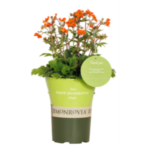
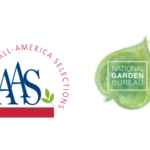

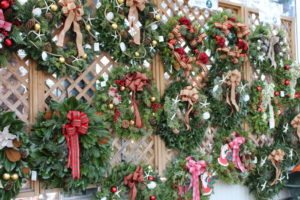
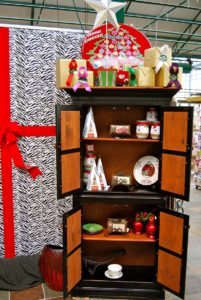
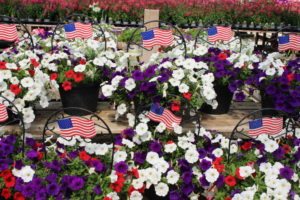
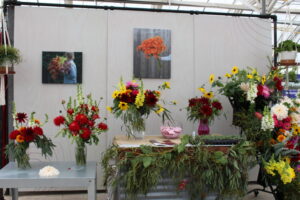
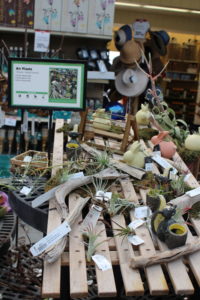
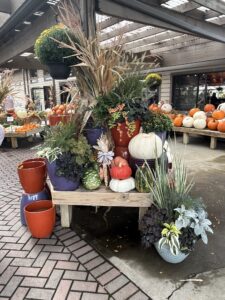
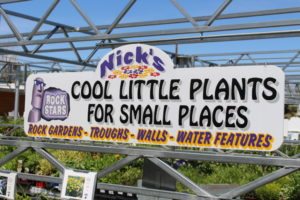

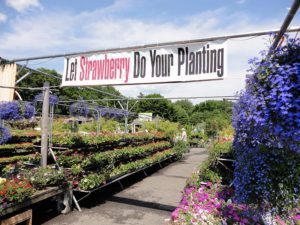
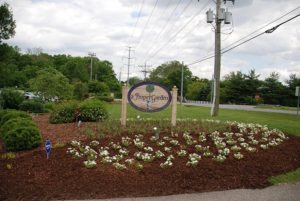
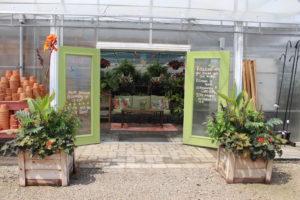
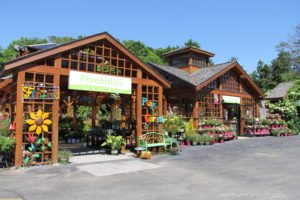
 Videos
Videos





